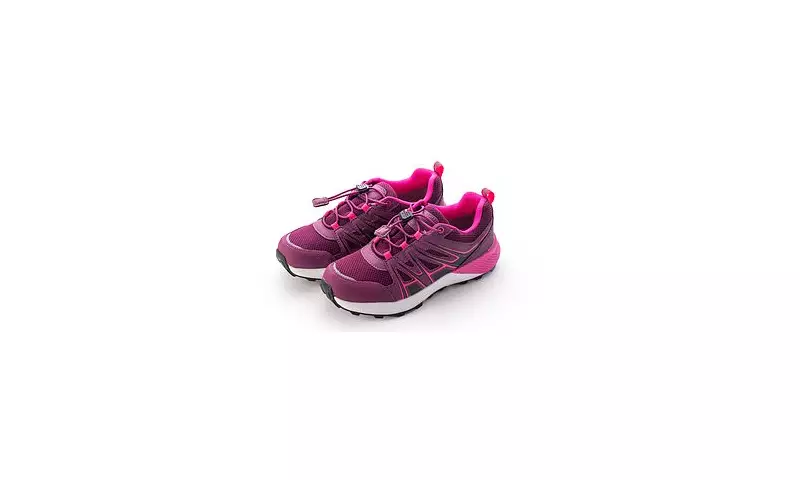
Women across the UK are being let down by running shoes that simply aren't built for their bodies, according to leading sports science experts. The fitness industry's persistent 'shrink it and pink it' approach to women's trainers is facing mounting criticism for ignoring fundamental differences in female anatomy and biomechanics.
The Biomechanical Betrayal
Research indicates that women aren't just smaller versions of men when it comes to athletic footwear. Significant differences in foot shape, muscle distribution, and running mechanics mean that scaled-down male designs simply don't cut it. Female runners typically have narrower heels, wider forefeet, and different pressure distribution patterns during exercise - factors most current shoe designs completely overlook.
The Injury Epidemic
This design failure isn't just about comfort - it's causing real health consequences. Sports medicine specialists report higher rates of specific injuries among female runners, including:
- Increased risk of ACL tears and knee problems
- Plantar fasciitis and arch collapse
- Stress fractures in feet and lower legs
- Hip alignment issues leading to chronic pain
"We're seeing patterns of injury that could be prevented with properly designed footwear," explains one leading physiotherapist. "Women deserve equipment that works with their bodies, not against them."
The Industry Awakening
Pressure is mounting on major sportswear brands to revolutionise their approach to women's athletic footwear. Campaigners argue that the multi-billion pound fitness industry can no longer ignore half its potential market. Some forward-thinking companies are beginning to respond, developing shoes with:
- Specifically engineered heel counters for narrower anatomy
- Adapted cushioning systems for typically lighter body weight
- Redesigned flex patterns matching female gait cycles
- Proper arch support positioned for women's foot structure
Beyond the Colour Palette
The problem extends far beyond aesthetic concerns. While the proliferation of pink and pastel colourways has drawn criticism, experts emphasise that the real issue lies in structural design, not surface appearance. True innovation requires rethinking everything from sole construction to upper materials specifically for female athletes.
As one sports scientist notes: "It's time to move beyond making shoes smaller and prettier. We need footwear engineered from the ground up for how women actually run, jump, and move."
The running revolution is waiting - and it starts from the ground up.





